New breakthrough research shows that a simple blood test can flag symptoms of Alzheimer’s Disease up to 15 years in advance.
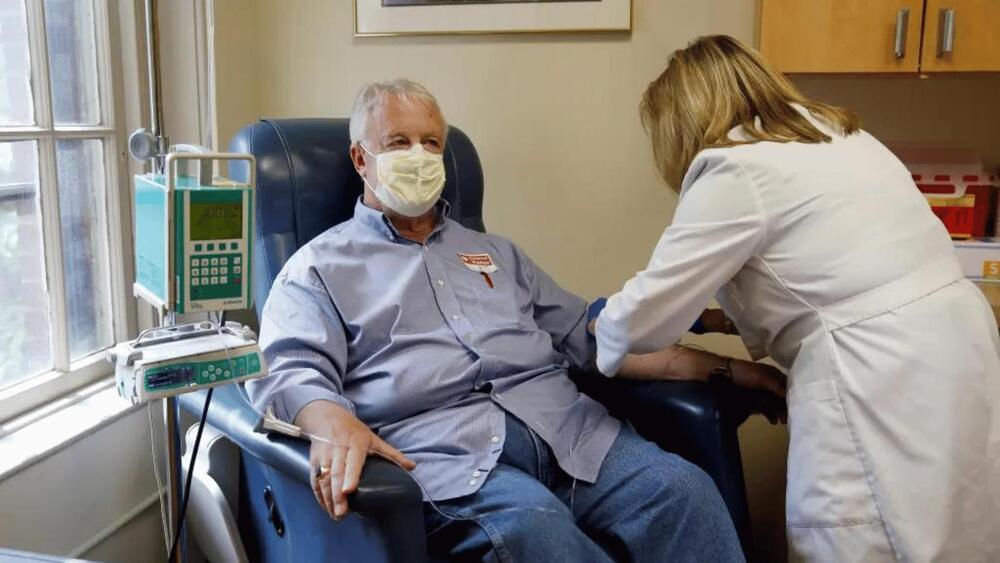


https://www.news-medical.net/news/20240320/Study-highlights-…idism.aspx Frontiers
In a recent study published in Frontiers in Nutrition, researchers explored the association between the microbial community of the gut and hypothyroidism.
Study: Cross-talk between the gut microbiota and hypothyroidism: a bidirectional two-sample Mendelian randomization study. Image Credit: sdecoret/Shutterstock.com.
Background
Hypothyroidism is a hormonal imbalance characterized by diminished thyroid gland activity and insufficient thyroid hormone synthesis, which can lead to heart disease, infertility, and poor brain development in children.
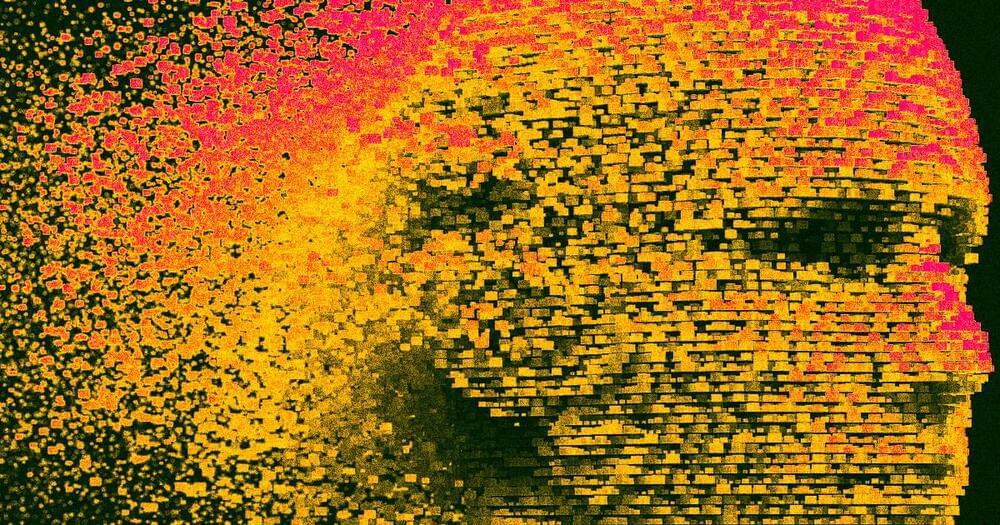
As the world inches ever closer to mind-reading technology, some scientists are calling to legally enshrine the right to keep our thoughts to ourselves.
In interviews with Undark, neuroscientists — including those who are working to make these so-called brain-computer interfaces (BCIs) happen — revealed their concerns about the devices.
In one particularly telling exchange, a pair of researchers from the University of Texas at Austin who’ve successfully created a BCI that can rudimentarily translate brain waves into text described how it felt to realize their device was actually reading their thoughts.

A recent study explored a potential connection between obstructive sleep apnea (OSA) and bladder pain syndrome/interstitial cystitis (BPS/IC) in women. The findings published in the Sleep and Breathing Journal underline the importance of understanding the interplay between sleep disorders and urological conditions.
This study investigated the frequency of BPS/IC in women diagnosed with OSA when compared to those without OSA. A total of 92 women participated, where 46 were diagnosed with OSA and an equal number serving as the control group. Various assessments including the Berlin Questionnaire, Epworth Sleepiness Scale, Interstitial Cystitis Symptom Index (ICSI) and Interstitial Cystitis Problem Index (ICPI) were evaluated in all participants.
The results revealed that women with OSA expressed higher scores on the Epworth Sleepiness Scale which indicates increased daytime sleepiness, while there were no significant differences in age and body mass index between the two groups. Also, the measures of BPS/IC symptoms (ICSI) and associated daily life disruptions (ICPI) were significantly increased in the OSA group when compared to controls.
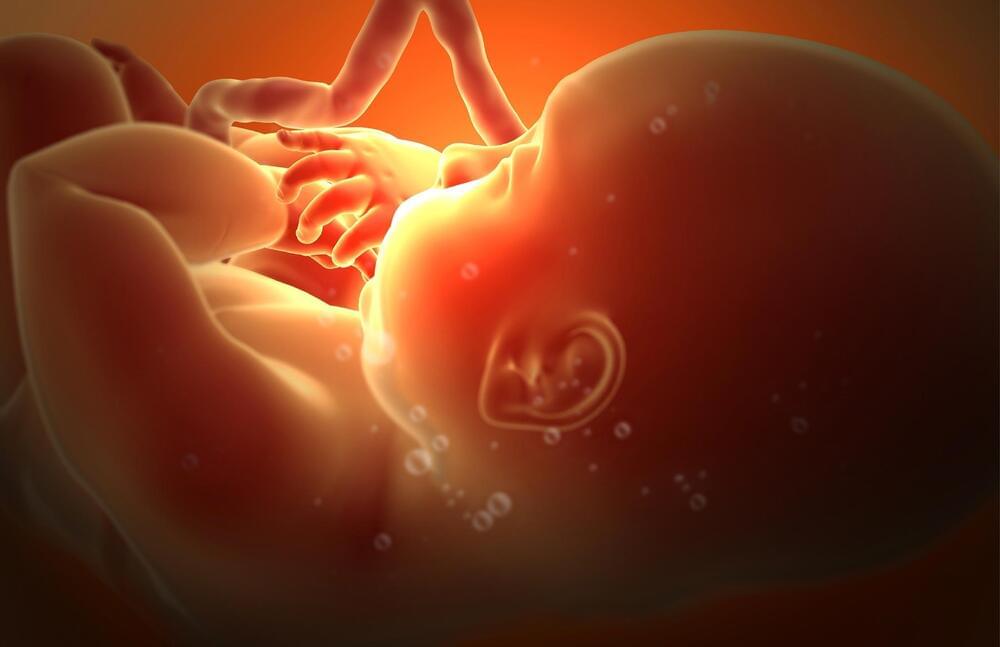
With the rise in gestational diabetes and metabolic disorders during pregnancy, metformin is also being prescribed more frequently. Although it is known that the oral antidiabetic agent can cross the placental barrier, the impacts on the brain development of the child are largely unknown. An interdisciplinary research team from the German Institute of Human Nutrition Potsdam-Rehbrücke (DIfE) have now been able to demonstrate in a mouse model that although metformin has positive effects in pregnant animals, it does not in the offspring. The results were published in the specialist journal Molecular Metabolism.
Current figures show that around one in six pregnant women worldwide are affected by a special form of diabetes known as gestational diabetes. According to the Robert Koch Institute, 63,000 women in Germany were affected by the disease in 2021, and the trend is increasing.
These numbers are alarming because excessively high blood sugar levels during pregnancy are associated with negative consequences for mother and child. This increases the risk of affected women developing type 2 diabetes later on and their children have a higher risk of developing metabolic disorders and being overweight.
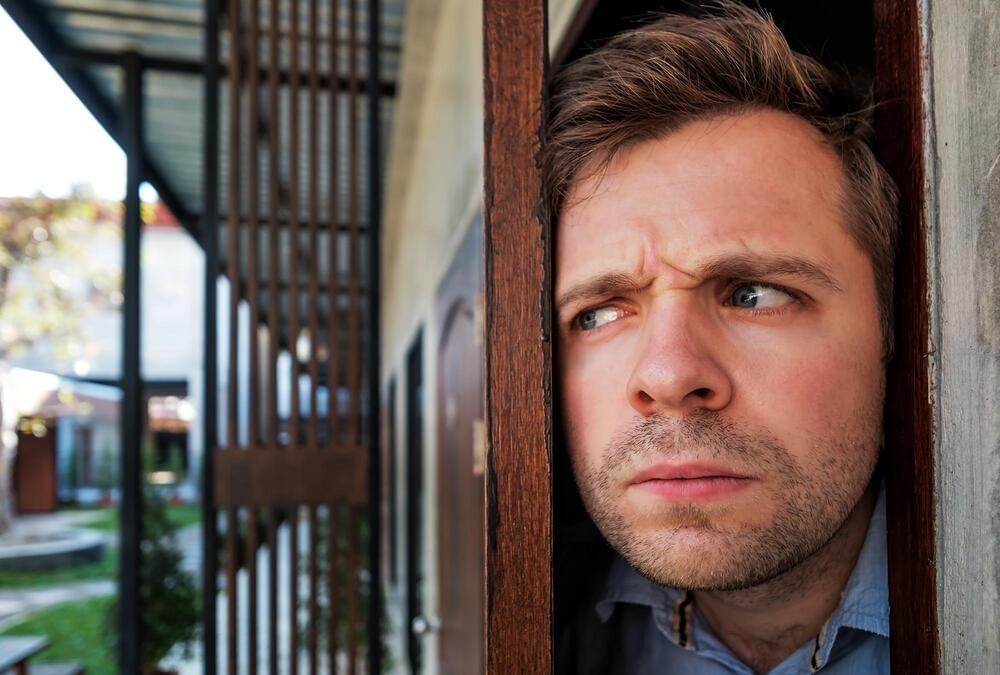
Compared to healthy volunteers, affected U.S. government personnel did not exhibit MRI-detectable brain injury or biological abnormalities that would explain symptoms.
Using advanced imaging techniques and in-depth clinical assessments, a research team at the National Institutes of Health (NIH) found no significant evidence of MRI-detectable brain injury, nor differences in most clinical measures compared to controls, among a group of federal employees who experienced anomalous health incidents (AHIs).
These incidents, including hearing noise and experiencing head pressure followed by headache, dizziness, cognitive dysfunction, and other symptoms, have been described in the news media as “Havana Syndrome” since U.S. government personnel stationed in Havana first reported the incidents. Scientists at the NIH Clinical Center conducted the research over the course of nearly five years and published their findings on March 18 in two papers in JAMA.
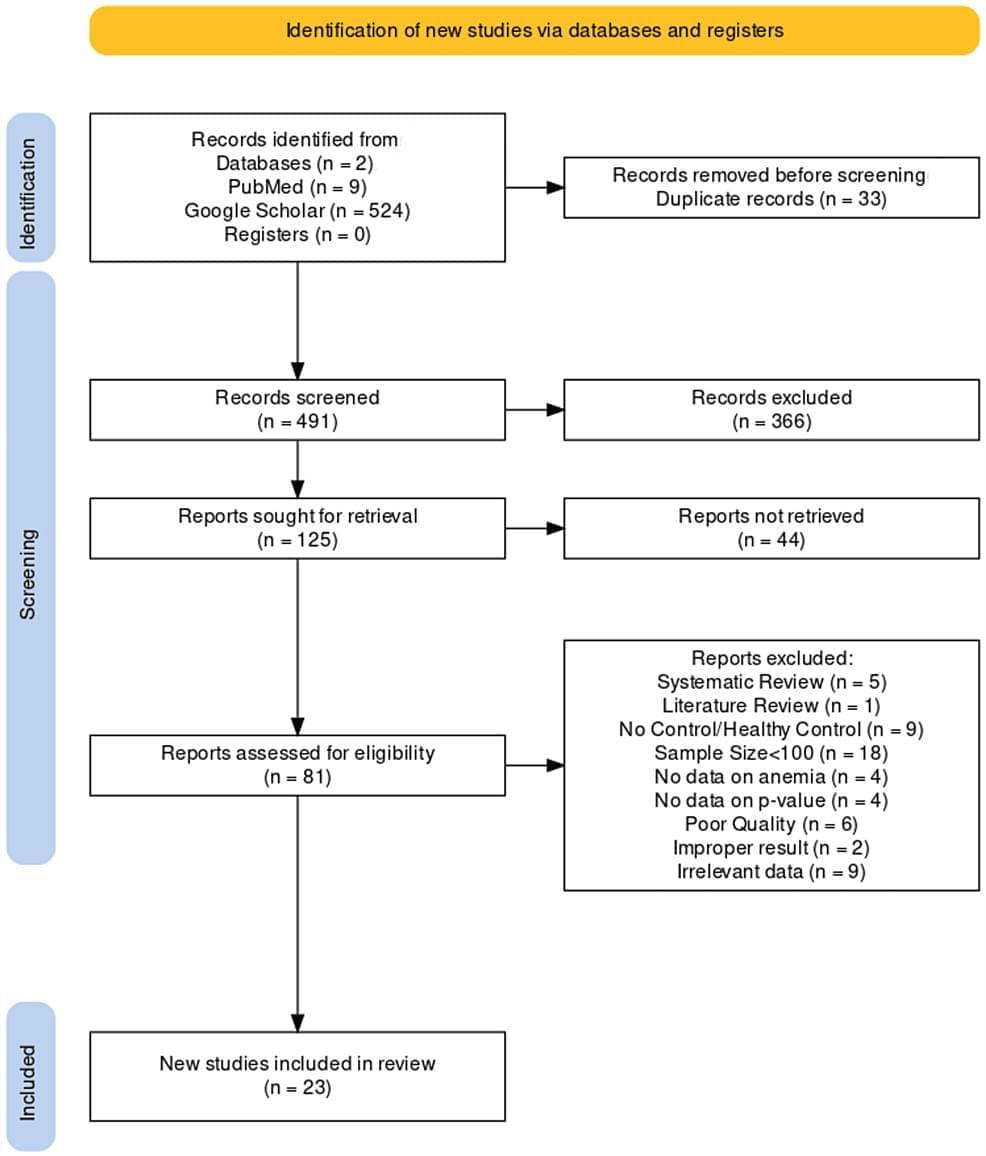
Convulsions developed due to temperatures above 38°C (100.4°F) are termed as febrile seizures (FS). These seizures are not caused by any central nervous system infections (CNS) or any metabolic abnormalities. Essentially, it occurs in individuals without a prior history of afebrile seizures [1]. It is the most commonly observed seizure type in children under five years of age [1]. Roughly one-third of children who have one FS may experience a second. Among children with simple FS, 1% to 2% may develop epilepsy. In contrast, those with complex FS have a higher risk, with 6% to 8% later being diagnosed with epilepsy [2].
Iron deficiency and iron deficiency anemia (IDA) are pervasive on a global scale. Roughly 30% to 40% of people worldwide suffer from IDA, with the majority residing in developing nations [3]. IDA has stood as the primary contributor to the healthcare burden in India over the last 10 years [4]. Iron deficiency can adversely affect the developing brain in multiple ways. It can impair hippocampal neuron growth and disrupt the myelination process, which insulates nerve fibers for efficient signaling. This deficiency can also impact the metabolism of neurotransmitters such as monoamines and aldehyde oxidase, resulting in lower neurotransmitter levels and a potential decrease in the seizure threshold. Moreover, low serum ferritin levels in conjunction with fever can compound the adverse effects on the brain, potentially leading to seizures [5]. Notably, it’s worth mentioning that the peak ages for FS and IDA coincide [5]. While certain studies identified a link between FS and anemia resulting from iron deficiency [6–16], other research yielded divergent findings [17–20]. The primary objective of this study is to find the association between IDA and FS in children by doing a systematic review of the literature of the last 10 years. The secondary objective is to understand the significance of the iron profile in FS.
This study is a systematic review done in accordance with Preferred Reporting Items for Systematic Review and Meta-analyses (PRISMA) guidelines.
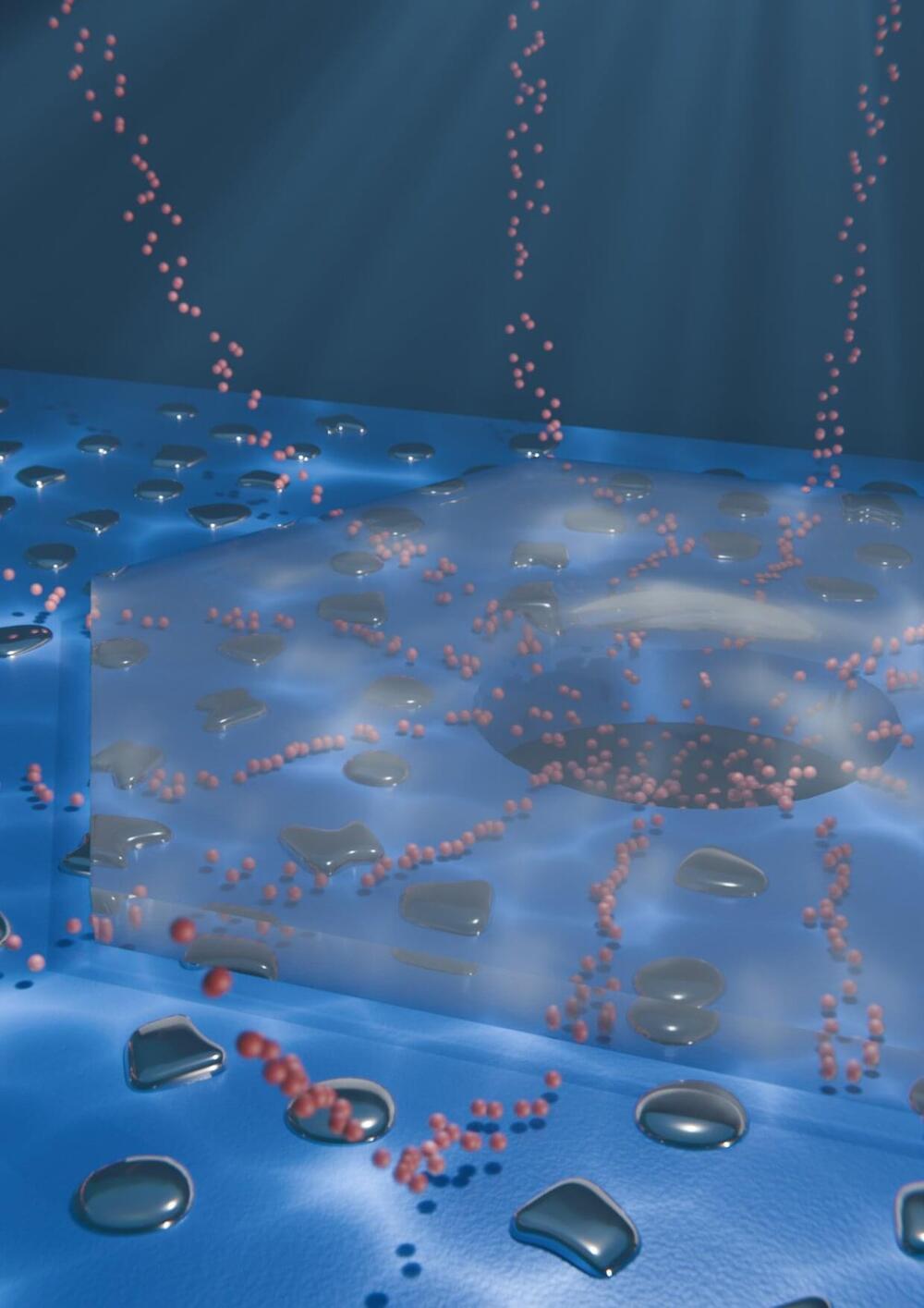
Memory, or the ability to store information in a readily accessible way, is an essential operation in computers and human brains. A key difference is that while brain information processing involves performing computations directly on stored data, computers shuttle data back and forth between a memory unit and a central processing unit (CPU). This inefficient separation (the von Neumann bottleneck) contributes to the rising energy cost of computers.
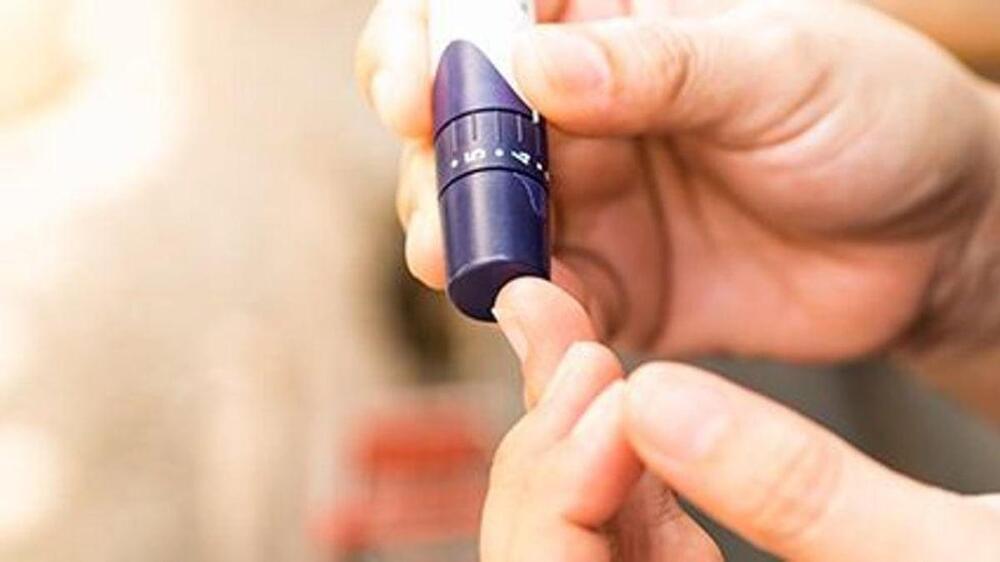
MONDAY, March 18, 2024 (HealthDay News) — In people with type 1 diabetes, fluctuations in blood sugar levels can affect thinking skills in various ways, new research shows.
Researchers looked specifically at what’s known as cognitive processing speed (how fast people process incoming information) and attention.
“Our results demonstrate that people can differ a lot from one another in how their brains are impacted by glucose,” said study co-senior author Laura Germine.
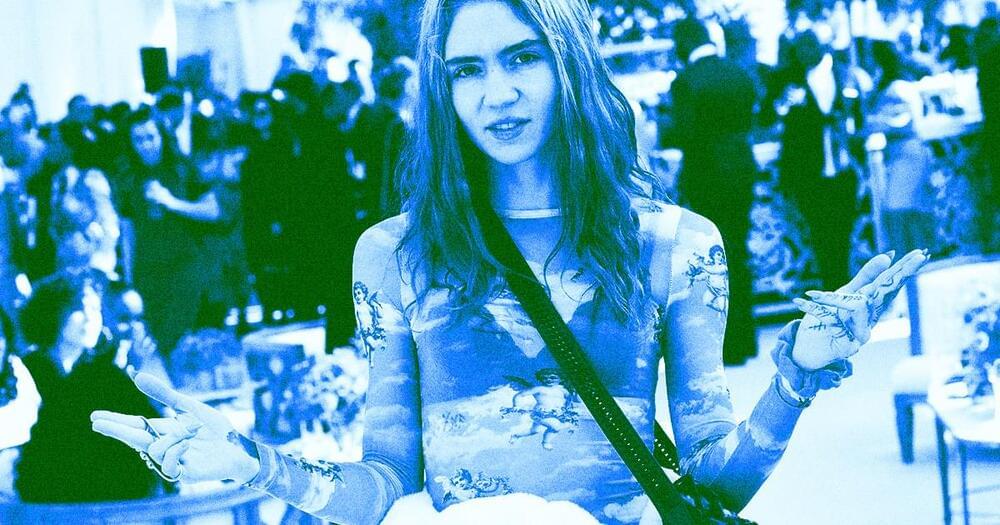
Year 2023 😗😁
Famed musician and former Elon Musk boo Claire “Grimes” Boucher wanted a brain-computer interface (BCI) for her birthday — and one of Neuralink’s apparent competitors was happy to comply.
After Grimes tweeted about getting a “non invasive brain computer interface” for her birthday, AJ Keller, the CEO of the startup Neurosity, confirmed in an interview with Insider that his firm had indeed made a custom brain gadget for the “Kill V. Maim” singer.
While a tech company sending a nerdy sci-fi celebrity fan a gadget wouldn’t really be news on its own, the fact that Grimes is the mother to two of Musk’s children and is seemingly on pretty acrimonious terms with the Canadian-South African billionaire, who owns perhaps the most famous and one of the most controversial BCI companies in the world, makes this story incredibly juicy.